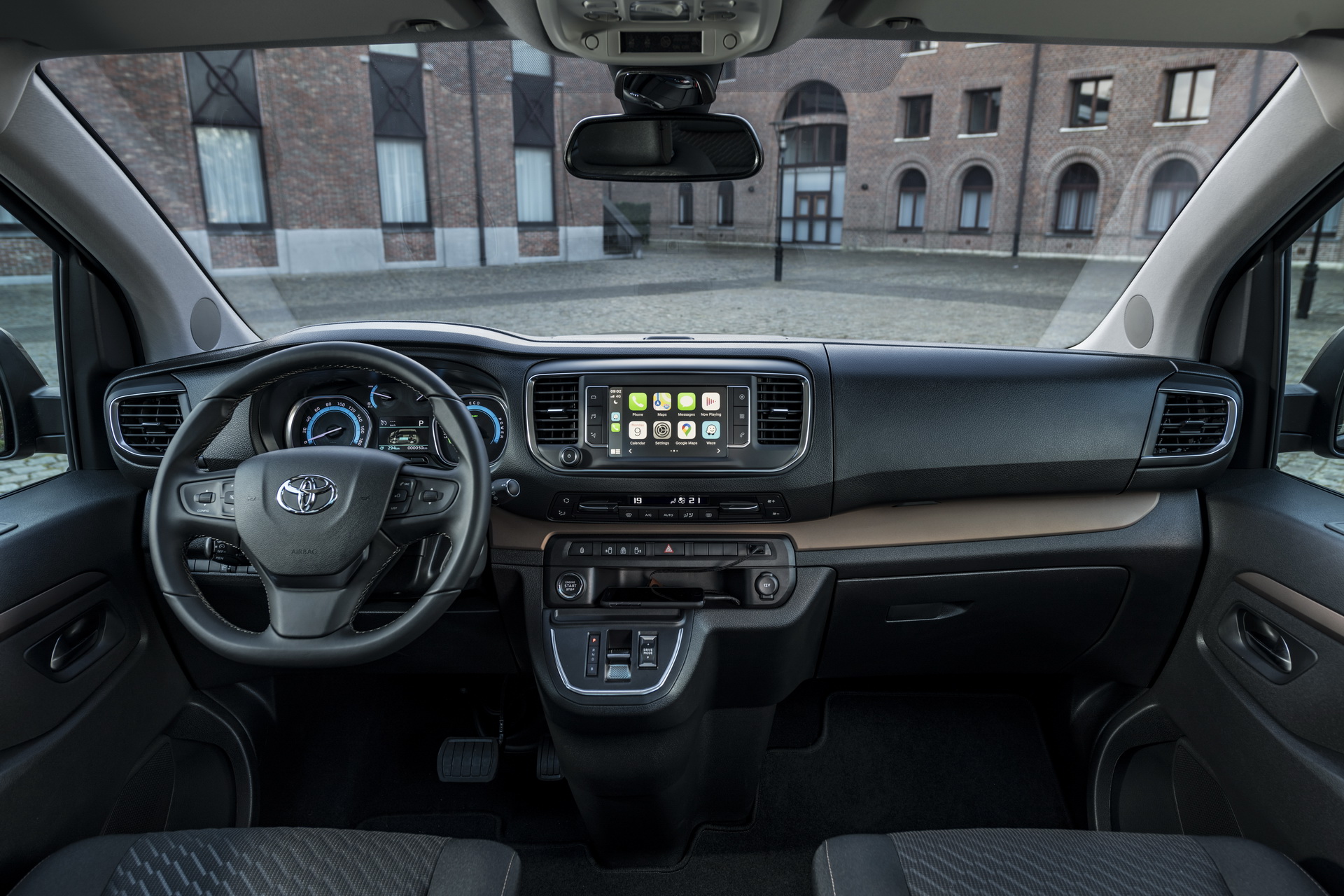Read The Full Article On: Investorplace
As opinionated (and annoying) as I can get, I’ll try to top myself as I consider electric vehicle companies such as Workhorse Group (NASDAQ:WKHS). To wit: If you don’t think EVs represent the next wave of transportation technology, then whisk your ’59 Edsel over to Johnny Mechanic and have him retrofit that gas guzzler with two hamster wheels and a set of turbo rodents. For truly, WKHS stock and many investments in the sector are vying for a date with eco-friendly destiny.
And yet, some EVs are better fit for hauling investor bandwagons as they are actually powered by hot wind. Nikola (NASDAQ:NKLA) is struggling to rebound from allegations of massive fraud, what with films of its vehicles coasting down hills as opposed to driving under their own power. And the just-gone-public SUV maker Fisker (NYSE:FSR) has a CEO behind the wheel (Henrik Fisker) who likes to brag about all the SUVs on pre-order when he hasn’t delivered single one, and won’t do so until late 2022. No motor guru am I, but I’ll bet I could build a dozen electric-powered hay wagons way faster.
As for Workhorse, they at least look more dedicated to keeping it real as the company sticks to delivery vehicles, a decidedly frumpy niche in the EV sector. Given all the smoke-and-rearview-mirrors at Nikola and Mr. Fisker boasting about vegan seats (an eye roller for meatball sammy lovers like me), it’s refreshing to see an EV company that focuses on tire spin as opposed to tired spin. So is WKHS stock spinning electrons into gold? Let’s take a look.
For WKHS Stock, a Quicksand Quarter
Just because Workhorse makes and sells vehicles doesn’t mean they sell lots of them. That harsh reality roared to the surface when the company released its third-quarter earnings report on Nov. 9, which as Wall Street misses go was substantial, though not as horrid as the quarter before.
Will a loss of per share of 78 cents, WKHS stock fell far below the 10 cent loss analysts had forecasted. Losses are also projected for the next two quarters as well — and yet, Workhorse gets an overweight rating with four analysts calling it a buy, two a hold and no one casting a vote on the negative side.
What do they see that others, myself included, may be missing? After all, the company’s production volume target for 2021 remains modest — perhaps too much so — at 1,800 vehicles. Yet as is often the case, other numbers help to tell a more complete story.
An EV Player in Progress
There are several ways to explain why analysts remain bullish on Workhorse. First, Workhorse announced last month that it had raised $200 million to increase and accelerate production. Second, the company is still in the running for a $6 billion contract with the U.S. Postal Service.
And in terms of Q3 revenue, $565,000 trounces the $4,000 Workforce reported a year ago. It also topped analysts’ expectations by 41%. Meanwhile, the stock is still on par with its first major peak in July, in fact up 9% since then. So far this month, WKHS stock is up 42% and trades at $22.78.
Expect a further upswing based on the oft-occluded factor of human capital, in this case related to the novel coronavirus. In a statement that accompanied its Q3 earnings report, Workhorse disclosed that “36% of our production-related staff [is] currently out with the virus or quarantined awaiting results,” with cases increasing daily.
Playing the Workhorse Warm-Up
And yet, I wouldn’t hit the ATM to throw a pile of cast at WKHS stock with the expectation of a quick buck. Yes, investors have become big fans at EV stocks, but too often push them to stratospheric heights based more on fantasy than scrutiny.
While I believe Workhorse will climb as its employees emerge from the Covid-19 sickbay and supply chain problems with batteries get sorted out, the company has issued guidance that its vehicle production numbers for 2020 will be “substantially lower” than the 300 to 400 originally forecast.
That’s not the greatest news given that Workhorse remains unprofitable as a whole and the Postal Service contract remains far from a special delivery. What you’re actually betting on with WKHS stock, at least at this point, is the future of the EV sector itself. Given the low price of the stock, that could be smart. The downsides seem to be few even though the dips will likely be many.
So here we are, somewhere between “start your engines” and the green flag. Because the onramp to the shareholder superhighway demands a toll, and Workhorse is still a company that needs to ramp up.

